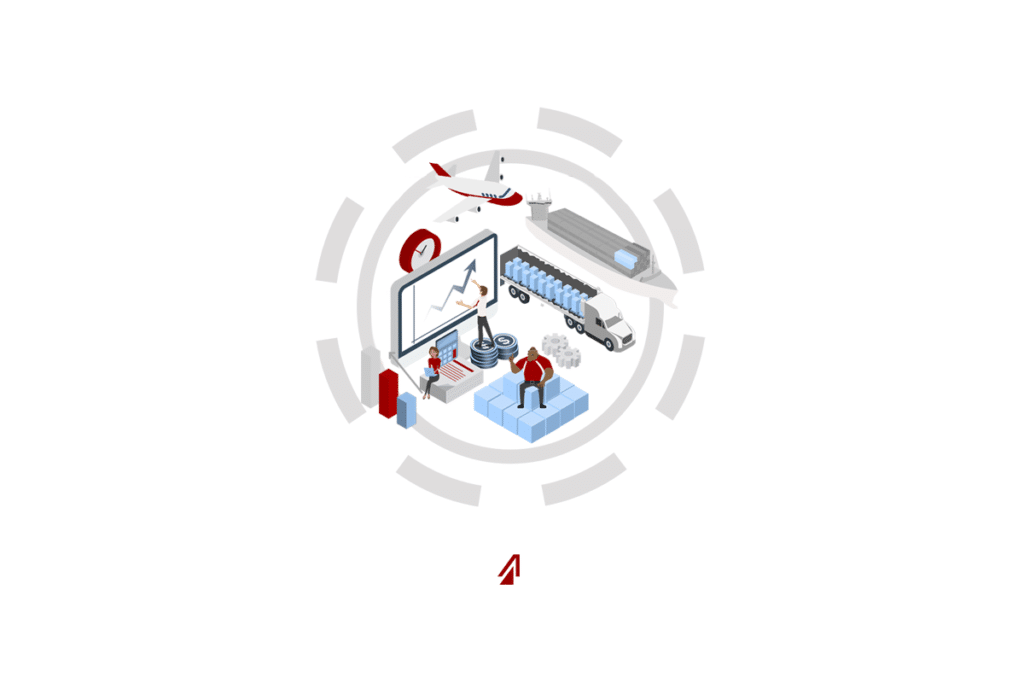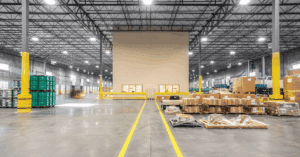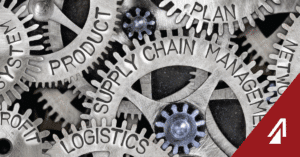Coronavirus
The COVID-19 pandemic continues to greatly affect the logistics industry in nearly each aspect of concern – one of the top concerns being employee health and wellness. To combat COVID-19, as well as its variants, the US federal government has declared its intention to issue a mandatory vaccination mandate for companies with over 100 employees or face penalties for each employee not in compliance. This mandate will be administrated by OSHA (Occupational Safety and Health Organization).
While many organizations praise the move, others fear the mandate will increase the hiring burden on operations such as warehousing and distribution where hiring is already a significant challenge. Jeremy Tancredi, a partner is West Monroe’s Operations Excellence Practice – specializing in Supply Chain Management, states that the mandate could have an “undesirable impact” as workers push back against the mandate and seek employment opportunities with organizations that are not subject to the requirements. He added that many warehousing operations could not afford an increase in labor shortage as consumer demand continues to grow.
While no verbiage for the rules have been issued yet, companies are already evaluating what the possible impacts will be on their workforces. UPS, for example, faces the challenge of meeting their operational needs of hiring up to 100,000 temporary employees for the peak holiday season with the proposed mandate. Currently, a spokesperson for UPS has stated that company is “reviewing the order but continues to urge employees get vaccinated.”
GDP
According to the Bureau of Economic Analysis, the US GDP is growing. So far, 2021 has reflected a 6.6% economic growth.
Employment
According to data analysis center Statista, the national unemployment rate is 5.2%. Companies continue to face hiring challenges as many potential employees have not returned to the workforce due to unsatisfactory positions, pay, or lifestyle opportunities.
Inflation
US inflation increased 5.3%. Median Core/Median CPI inflation rates (rates without gas and food prices because of their volatility) rose 4% over the past 12 months. This is 2% higher than the Federal Reserve says is needed to maintain economic health.
Manufacturing
According to Reuters, the ISM (Institute for Supply Management) Index has decreased to 59.5 – a sign that the manufacturing bottlenecks are beginning to clear. While nearly every manufacturing industry faces raw material shortages, 17 of the 18 major manufacturing sectors report growth. These sectors include machinery, computers, and electronics products. Only textiles remain in decline.
Interest Rates
Currently, the Federal Reserve has maintained its target for the federal funds rate at a range of 0-0.25%.
Capacity
During the second half of 2021, carriers will be challenged to meet freight demand. Bob Costello, ATA Chief Economist, says, “Increased new driver training and rapidly rising pay will help, but it will take time to get additional drivers into the market.” Leading freight carrier USA truck reports 8% fewer drivers in 2021 from 2020.
Regulations
The US House of Representatives and Senate have passed the massive infrastructure bill, HR 3684: Infrastructure Investment and Jobs Act, and the bill is being set before the president soon. The act includes provisions for surface transportation (roads and bridges), mass transit, energy, water, broadband, and taxes. To pay for the over $1 trillion investment, the act calls for extended highway collection authority including increased federal taxes on gas, diesel, special motor fuels, tires, heavy trucks and trailers, and additional transit tax studies.
Rates
According to DAT Trendlines, truckload spot rates are up 1.1%. The spot and contract rates remain in “record territory as surging retail imports and peak produce shipments fueled demands for transportation services.” Despite this, dry van load to truck ratio fell 4.3% in September to 5.96:1.
Behaviors
Current consumer and company behavior is heavily influenced by COVID concerns. Safety concerns are influencing raw material shortages. These shortages, along with limited driver capacity and warehouse employee shortages, drive up costs as well as force companies to order earlier and expect longer lead times.
Technology
Right now, there are several high-value technologies that are not widely adopted yet. Two of the most promising technologies are Next Generation Control Towers and Robotic Process Automation.
Next Generation Control Towers are built on digital twins of the actual supply chain; and they provide visibility of how events across the supply chain will impact the actual supply chain. These help model constraints and produce optimized plans to handle inevitable exceptions.
Robotic Process Automation is an up-and-coming AI software that is used to automate high-volume, repeatable tasks. For instance, load planner tasks can be duplicated automatically to optimize operations and find superior results.
Fuel Impact
Diesel prices have reached their highest rate since October 2018 with a nationwide average of $3.385 per gallon. This is $0.981 higher than the same time last year.
Driver Concerns
The American Transportation Research Institute is currently conducting its annual analysis of driver concerns. This is the 17th year of the study. Sherri Garner Brumbaugh, American Trucking Association Chair, said that “the data ATRI provides will chart the course for the industry by providing a clear picture of the landscape we face.” Logistics industry experts can contribute to the survey here. The survey will be concluded October 15th and the results will be posted October 24th.



